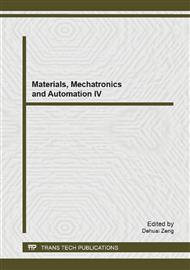p.314
p.321
p.327
p.333
p.339
p.345
p.353
p.356
p.361
The Impact of Music on Learning Brainwaves
Abstract:
Human behavior pattern is mainly dictated by cerebral activities called brain wave. Brain wave carries messages to all parts of the body and controls thought and behavior. Modern neuroscientists have divided brain wave into 4 different frequency sub-bands:δ (Delta)、θ (Theta)、α (Alpha)、and β (Beta) in order of frequency. Each sub-band has its own special physiological meaning and characteristic. This research from the perspective of cognitive neuroscience investigates how listening to different styles of music can influence learners ’learning activity. The experiment is conducted by having the subjects listening to different styles of piano music while performing logical reasoning at the same time. In addition, during the experiment, the variation of subject’s brain wave characteristic band with respect to different styles of music is recorded and analyzed. A learning brain wave energy formula is developed to compare the effects of different styles of music to the learning. The research result shows some specific styles of music have a positive effect in enhancing learning energy and improve learners learning efficiency.
Info:
Periodical:
Pages:
339-344
Citation:
Online since:
June 2014
Authors:
Keywords:
Price:
Сopyright:
© 2014 Trans Tech Publications Ltd. All Rights Reserved
Share:
Citation:


